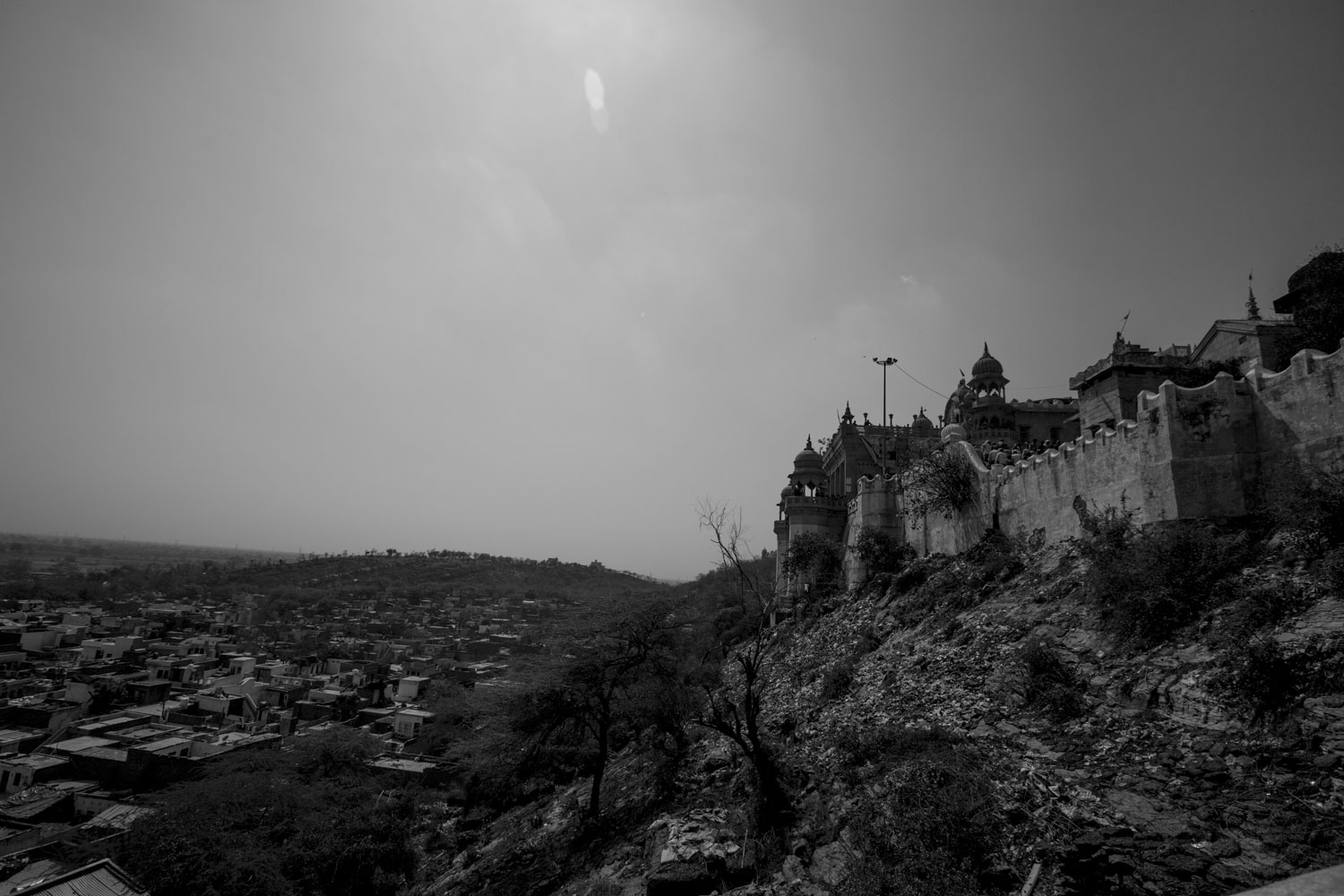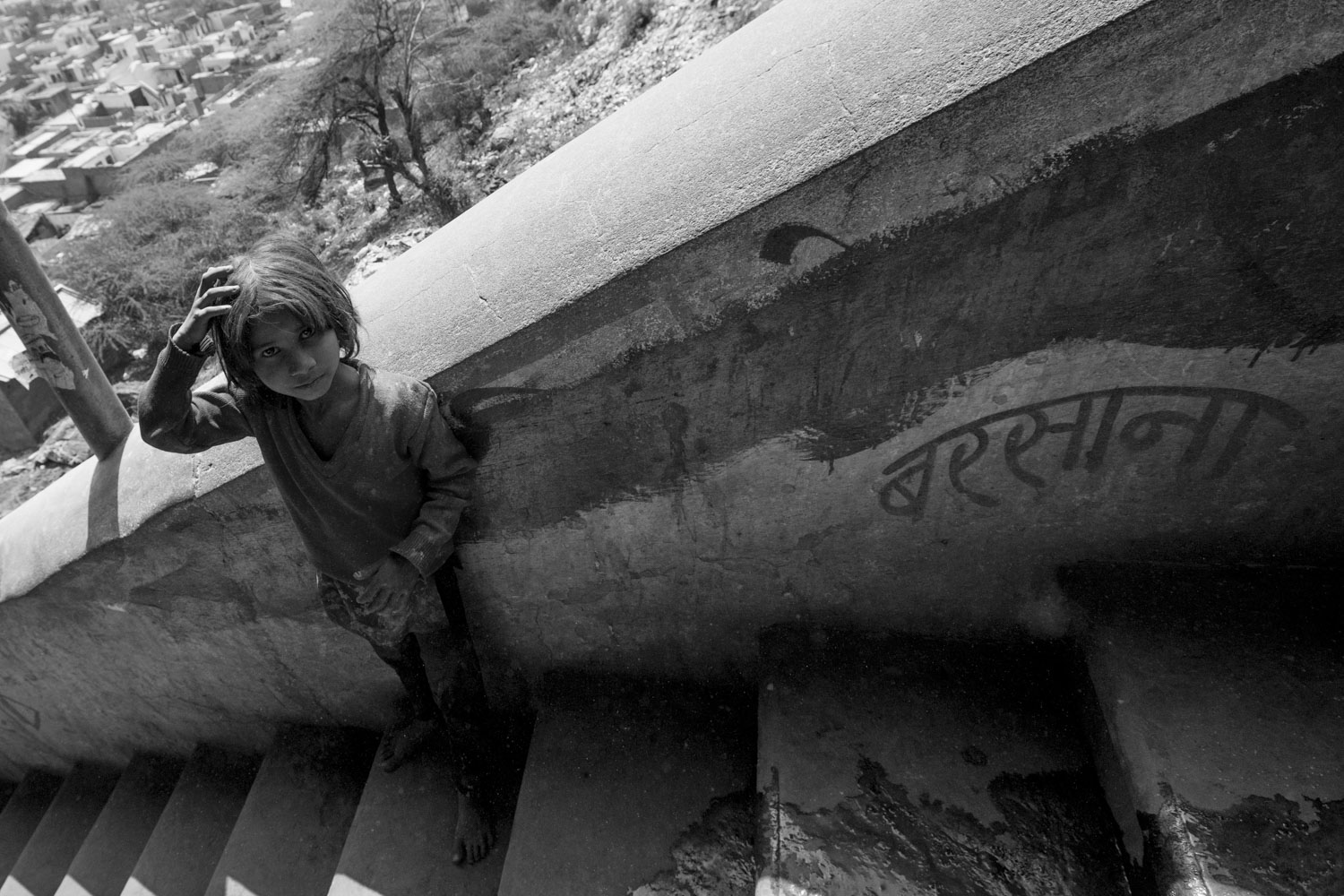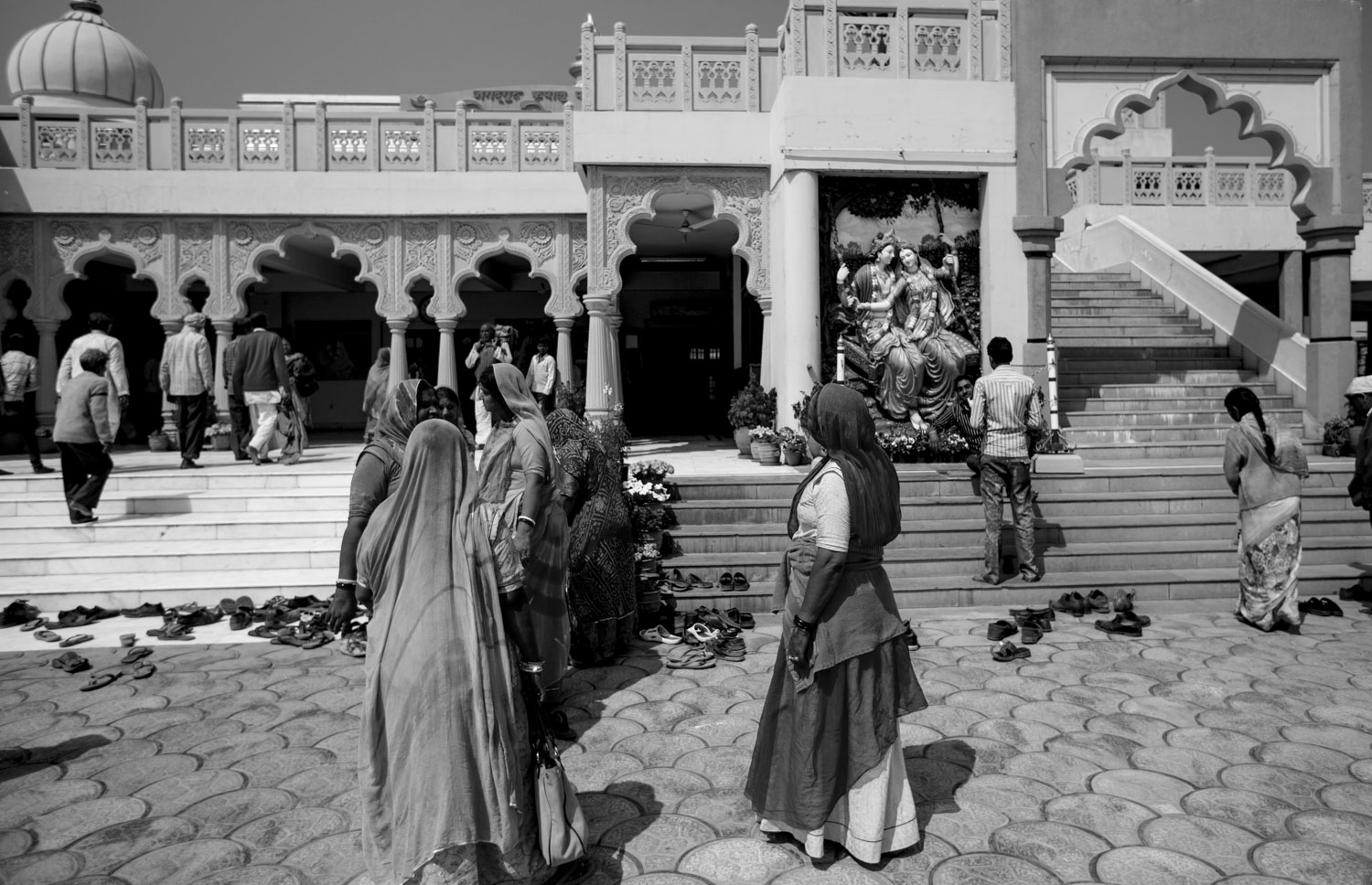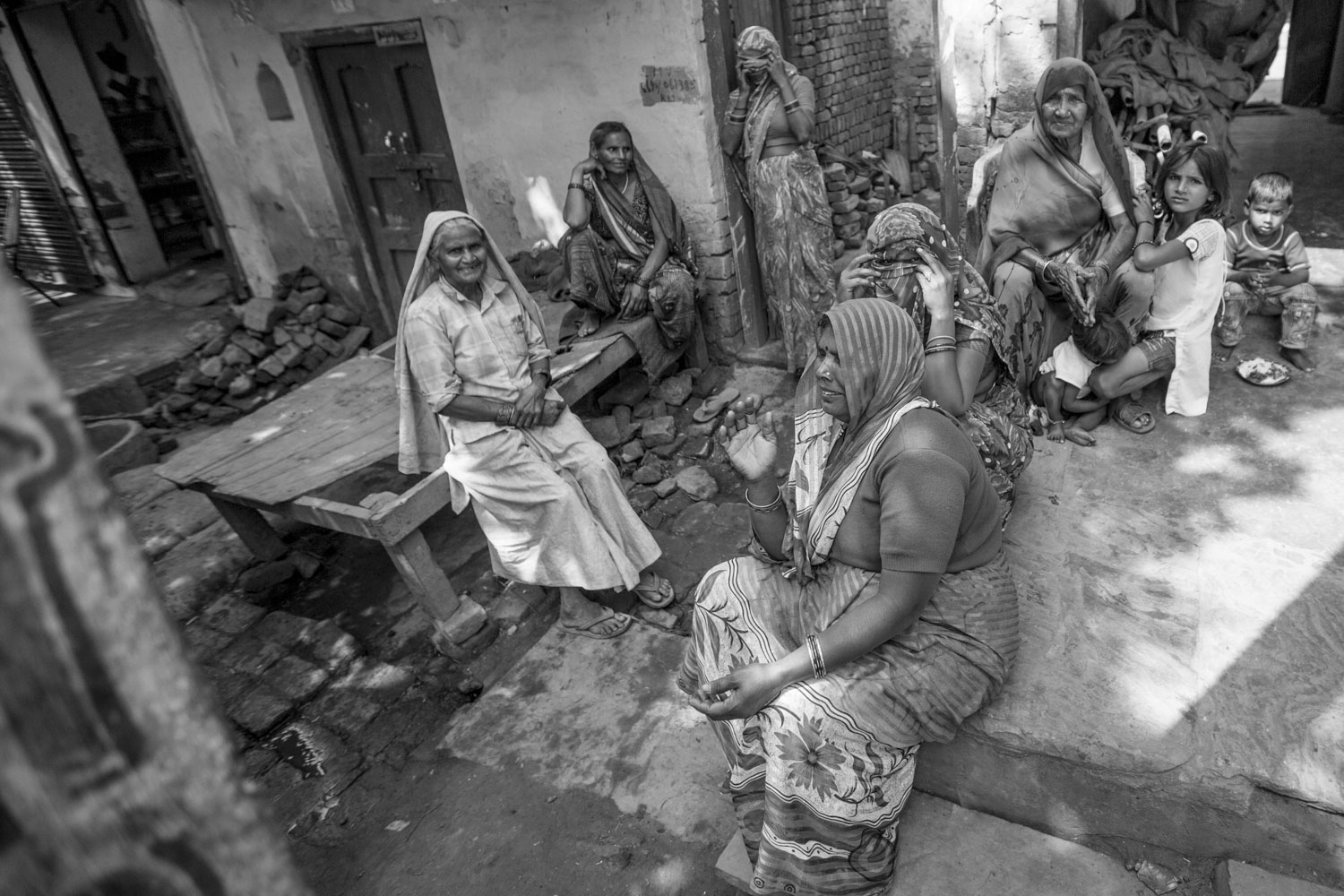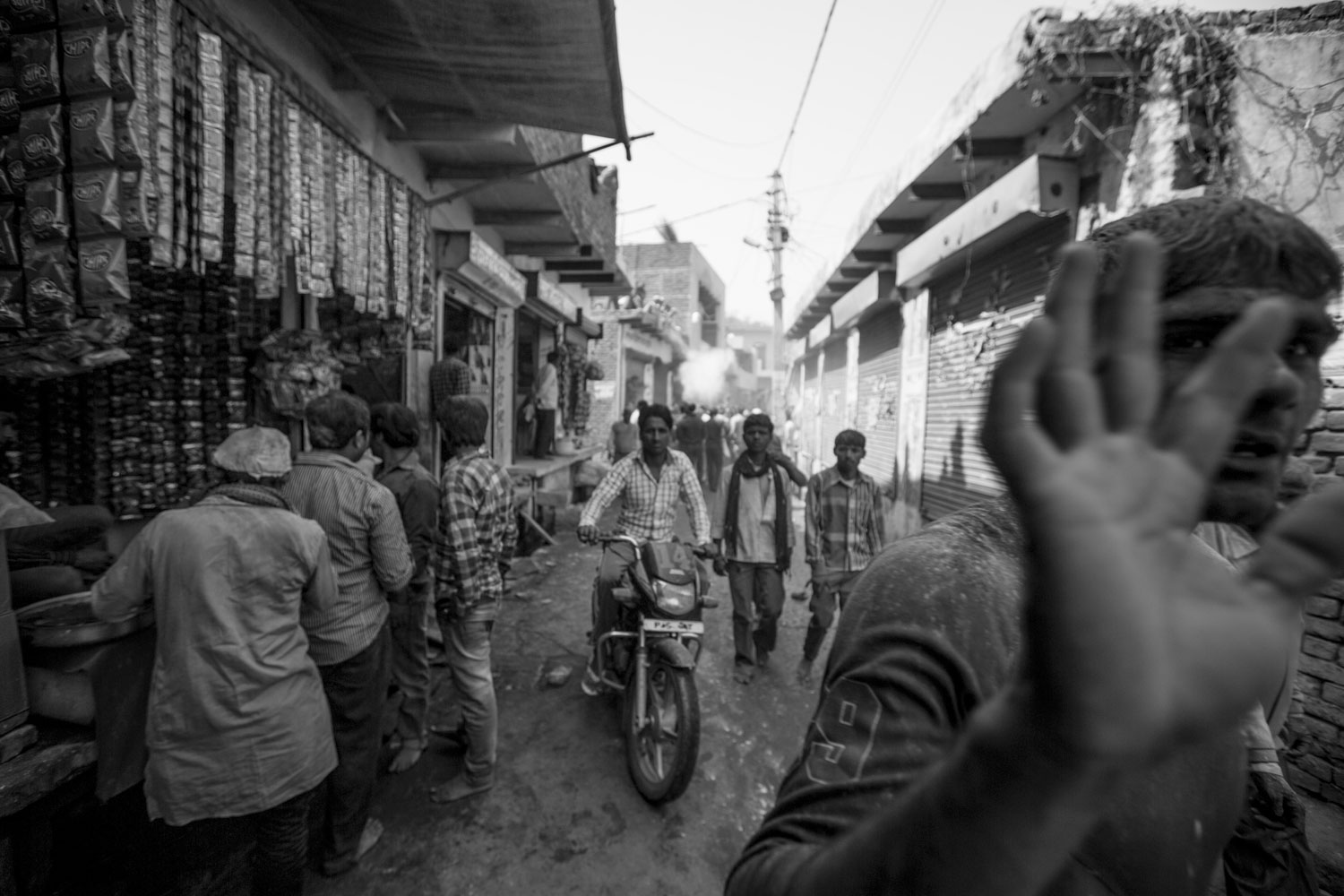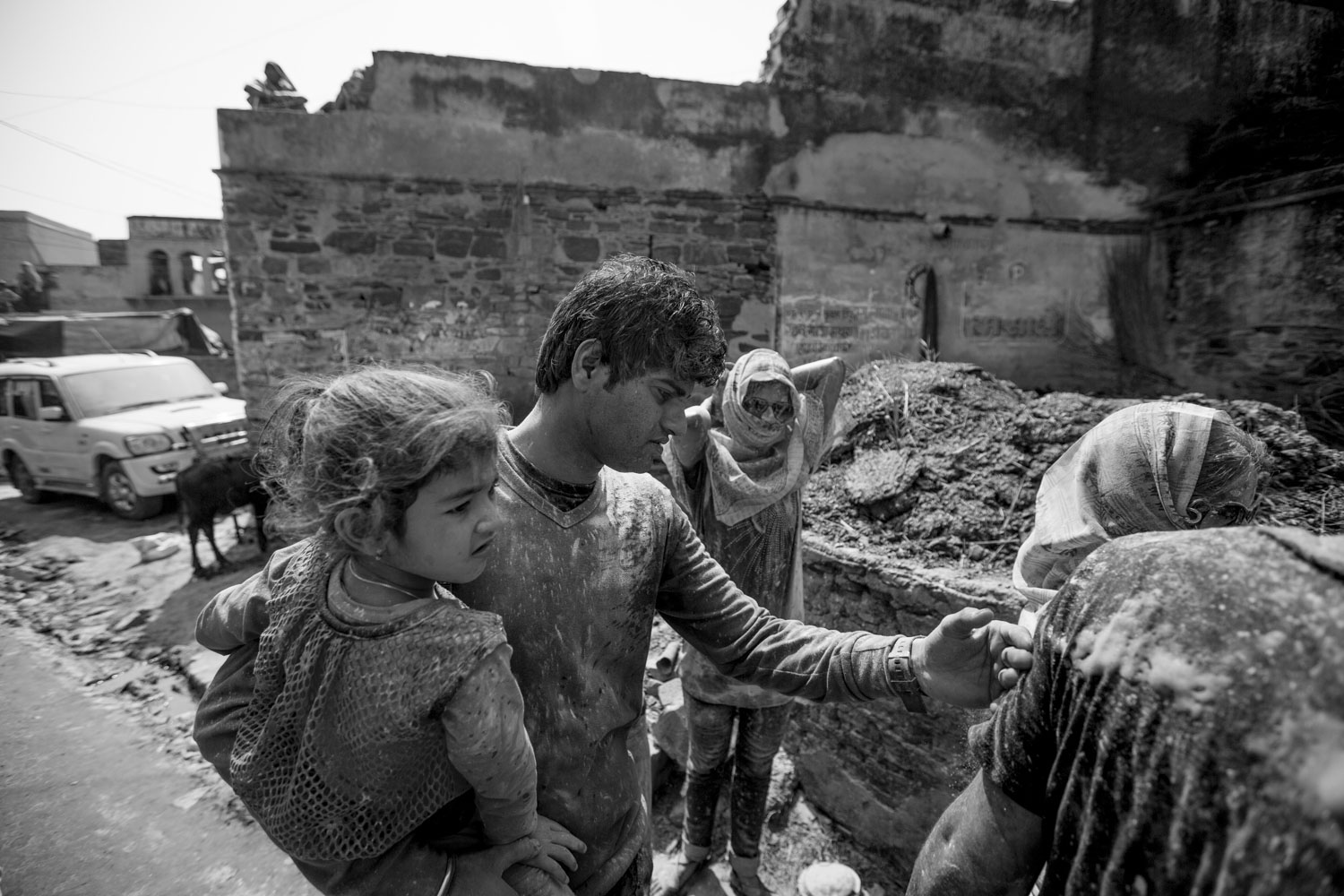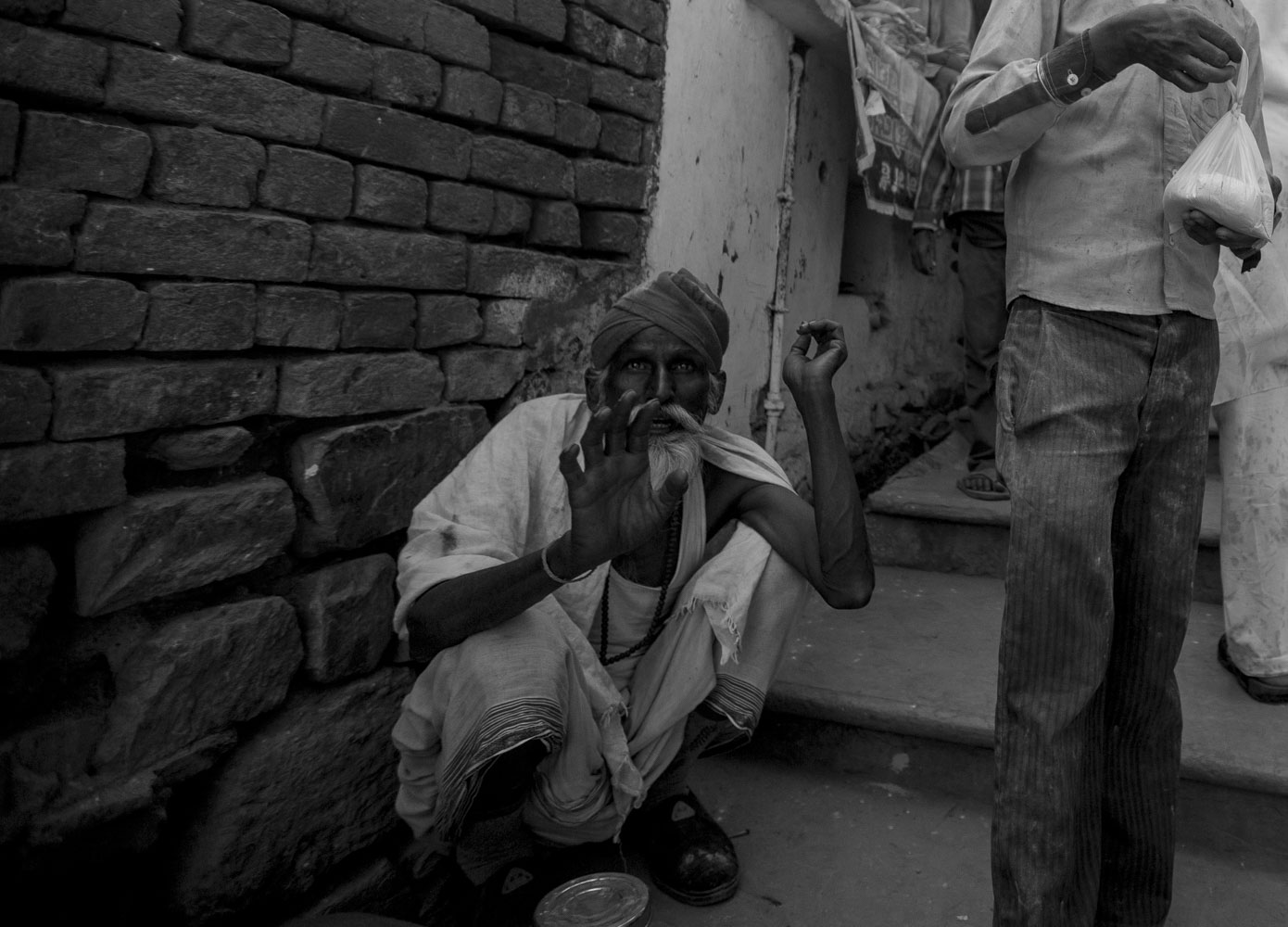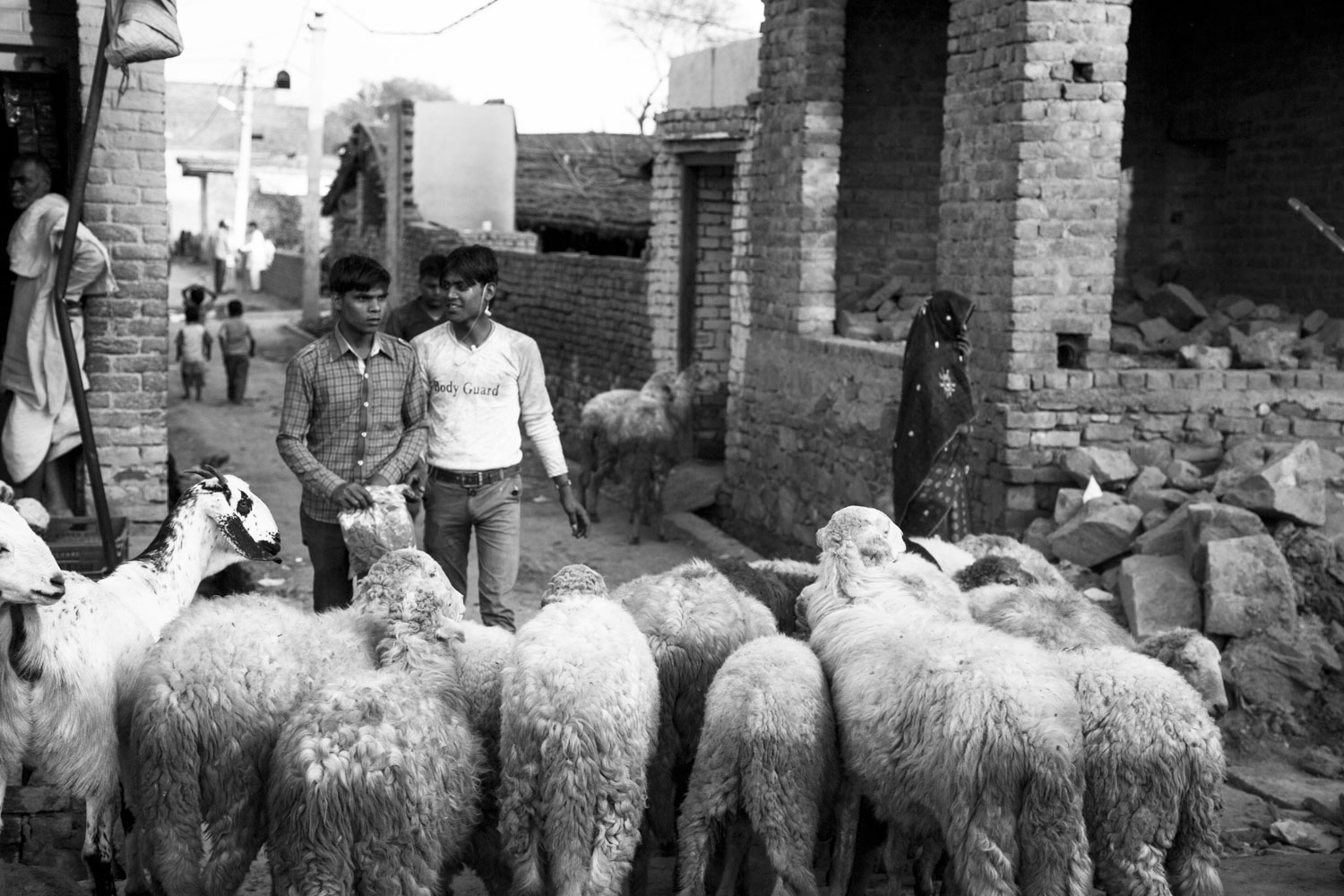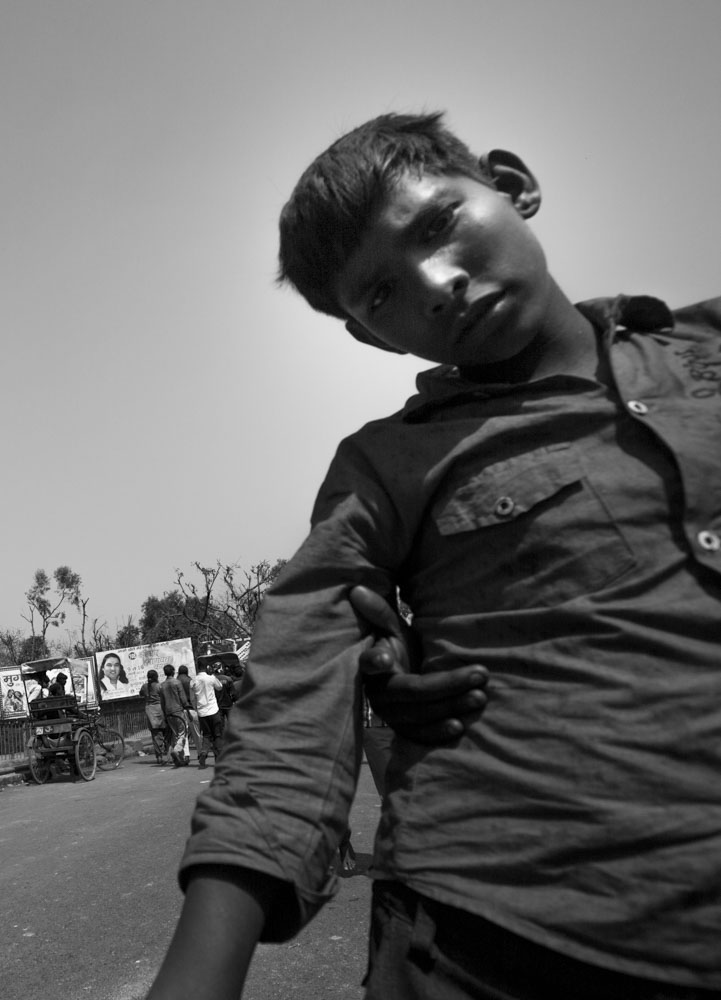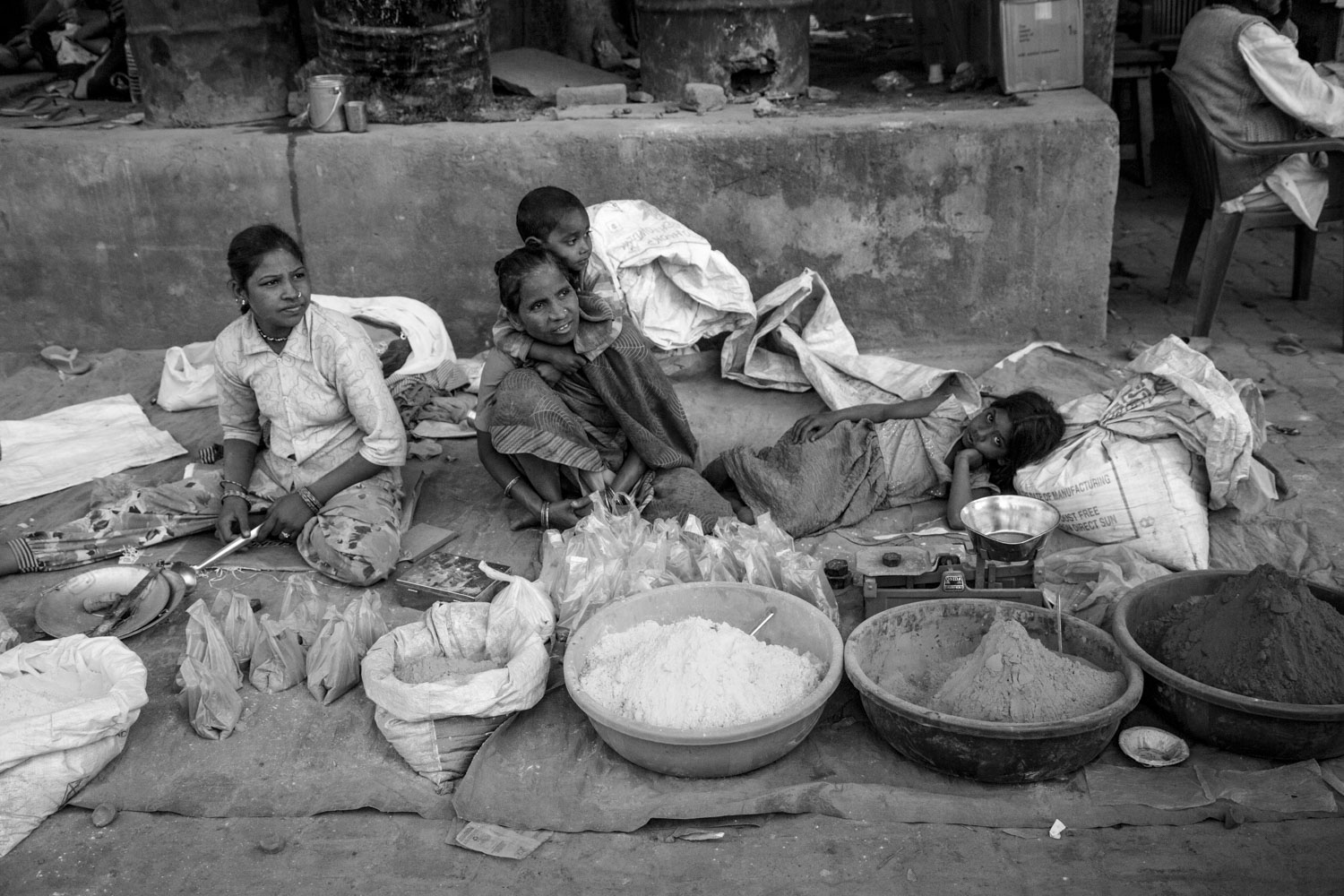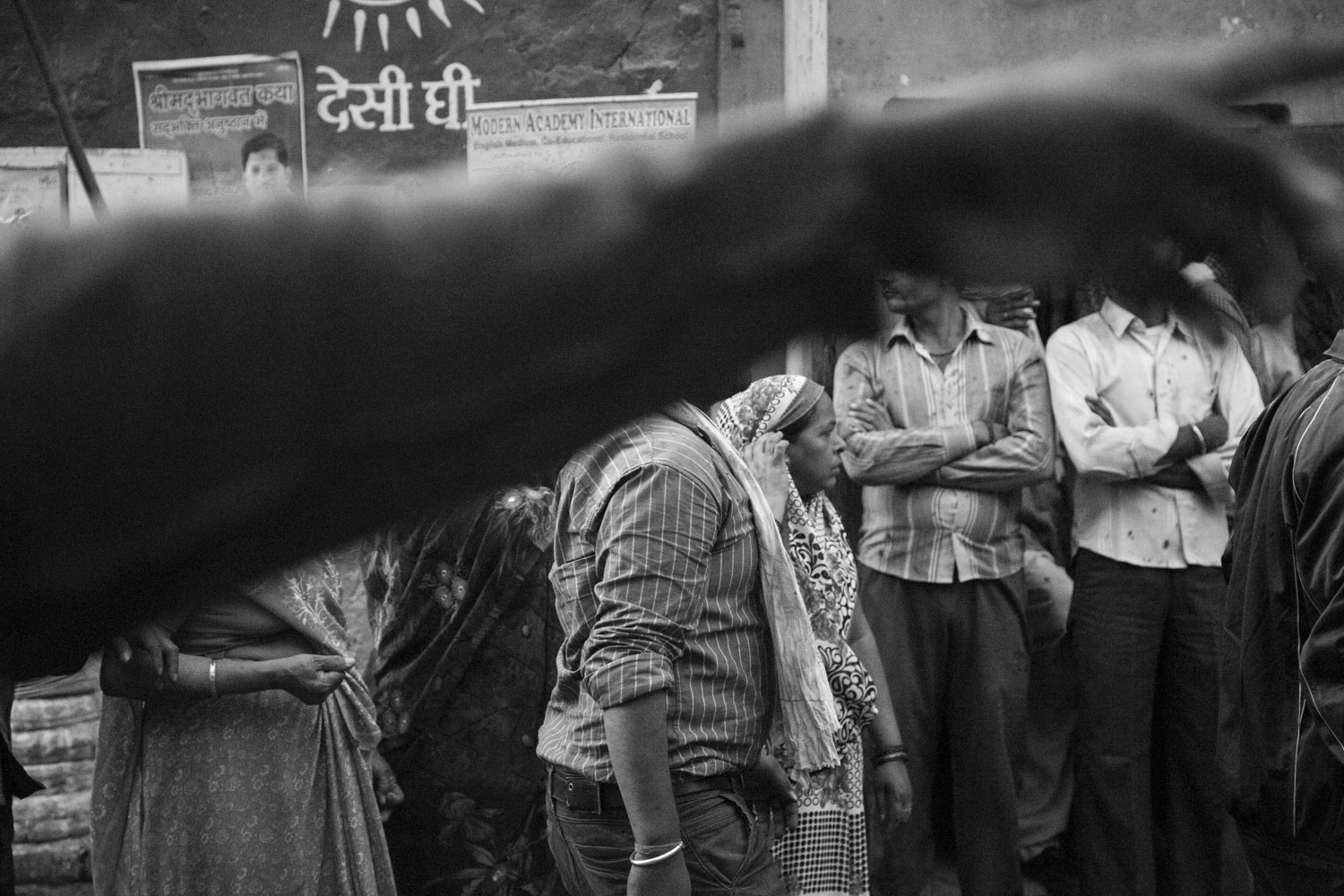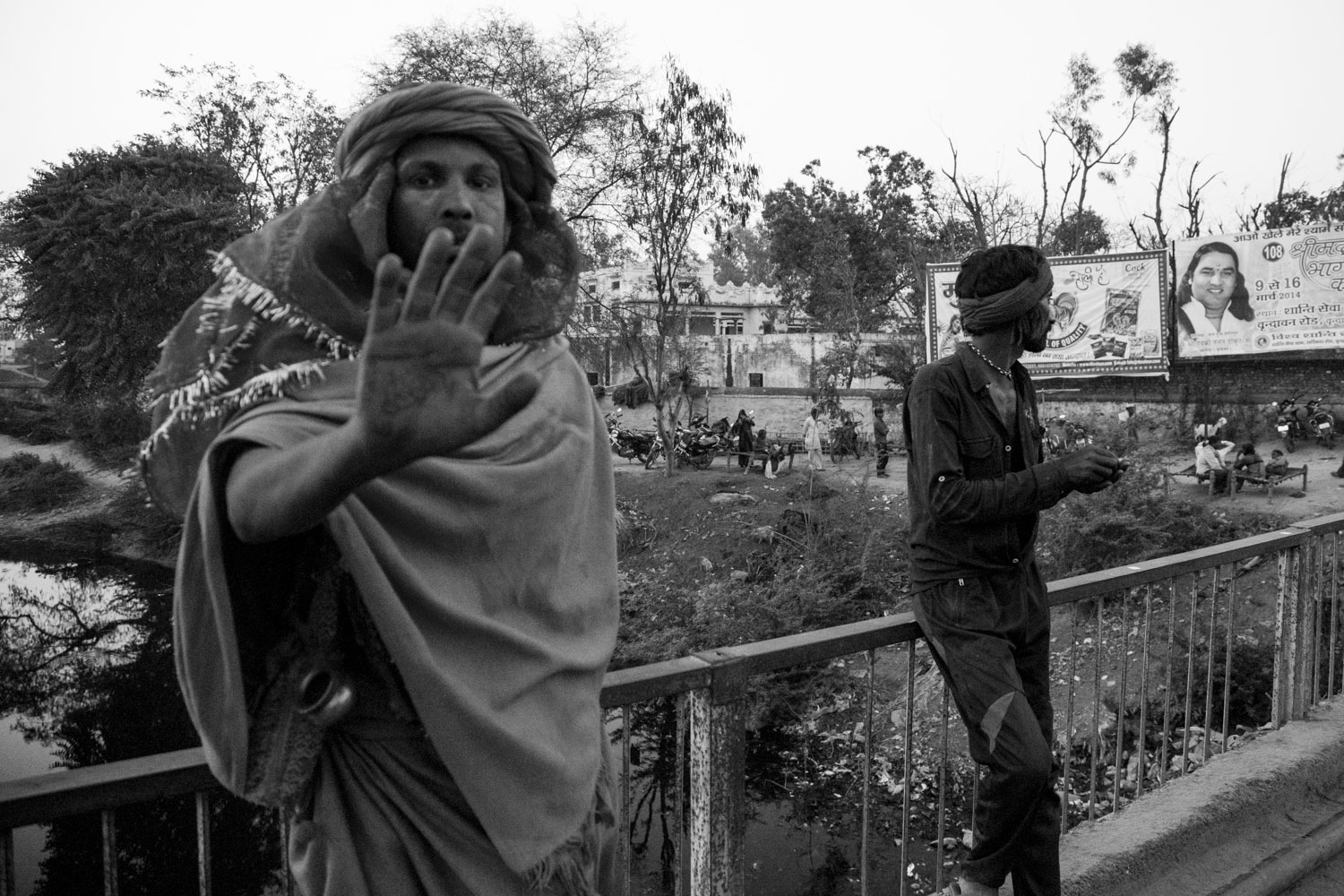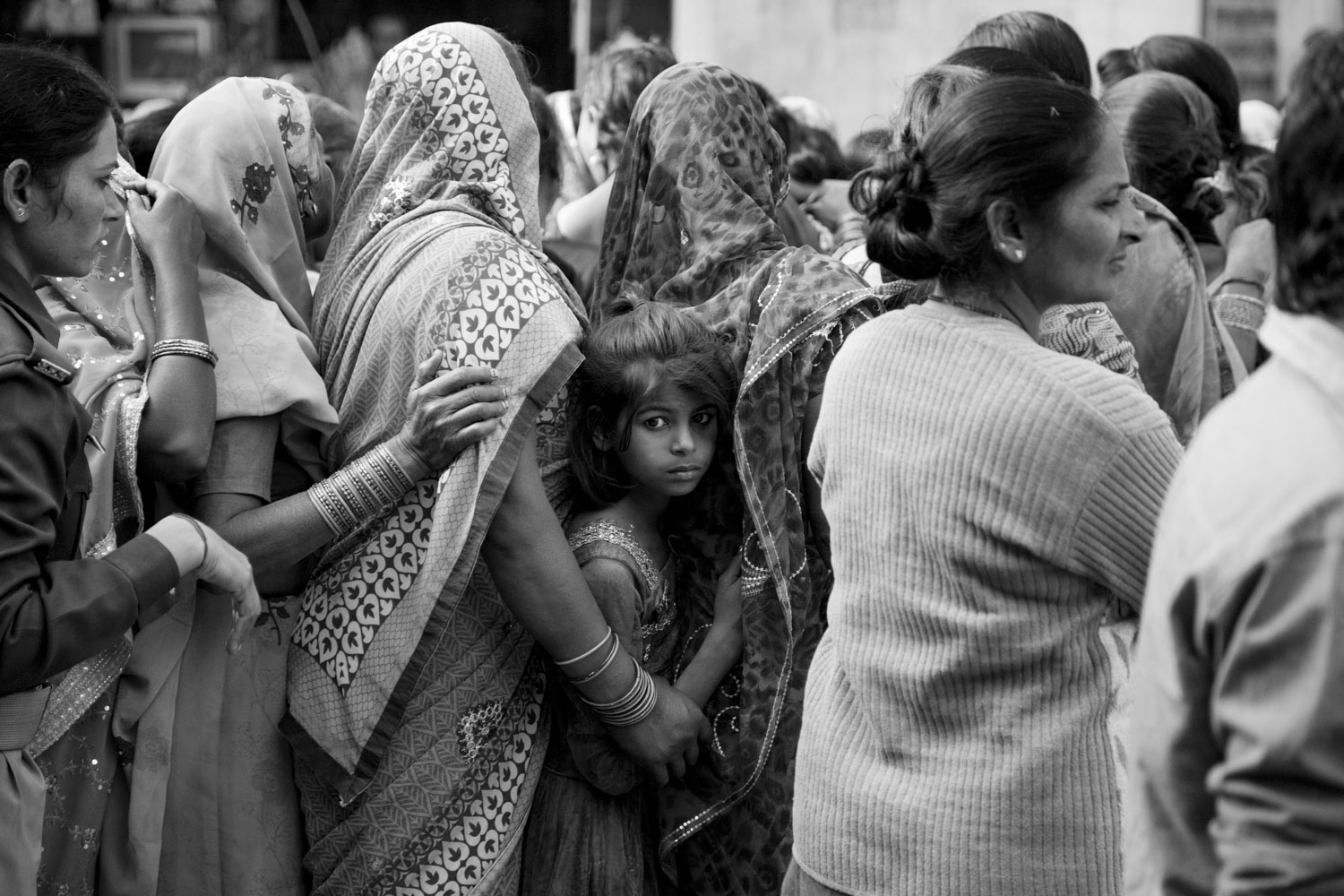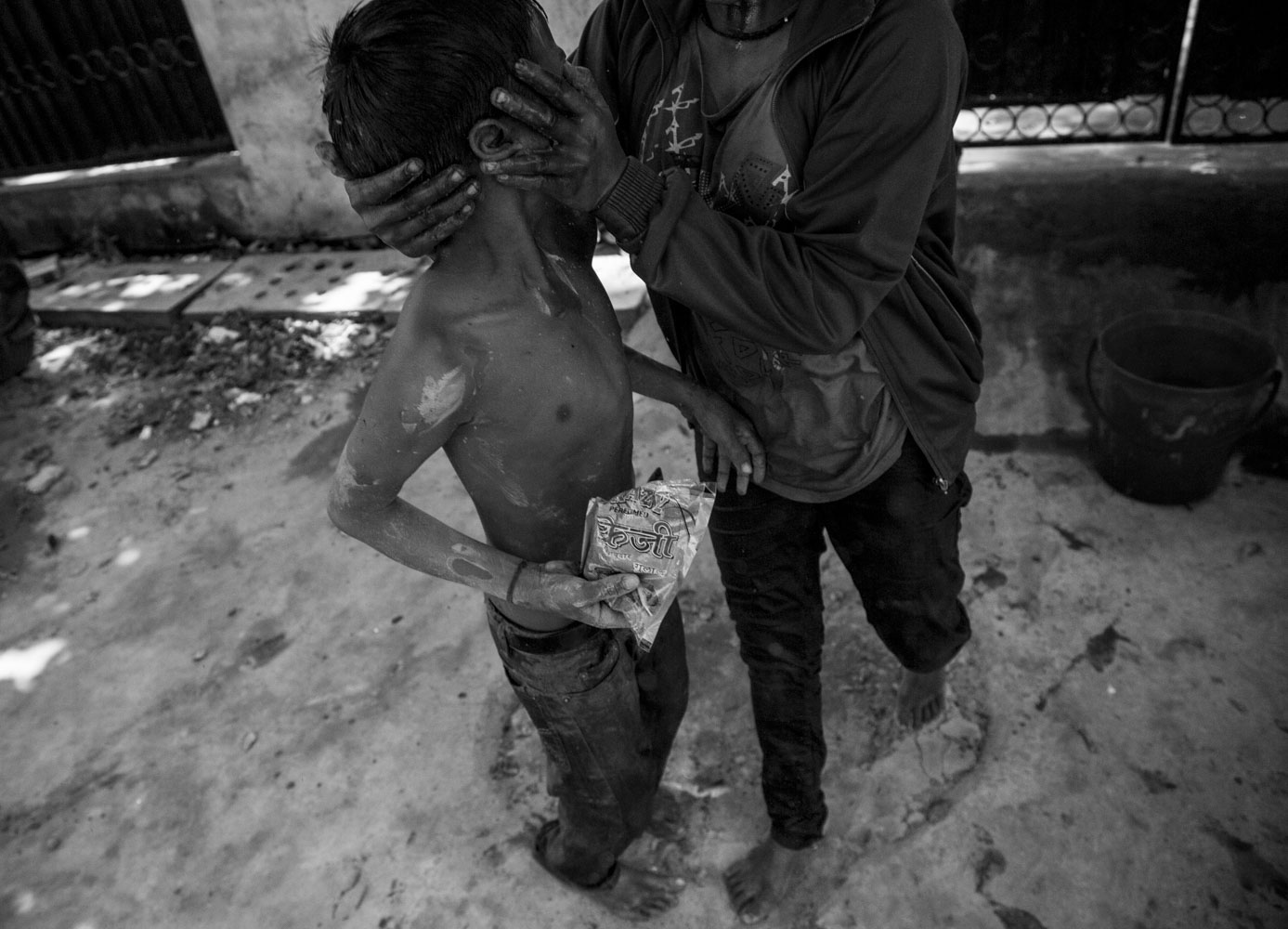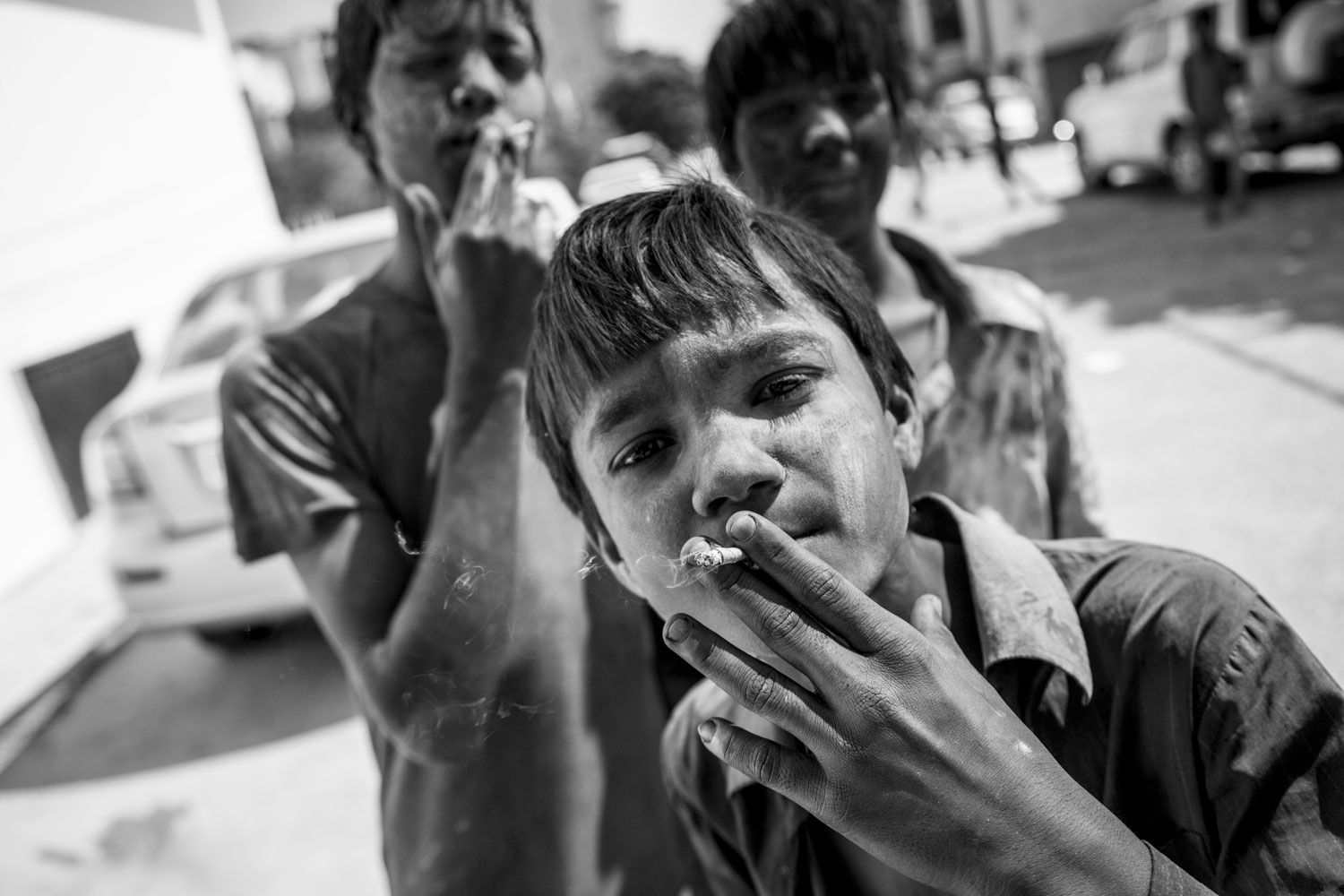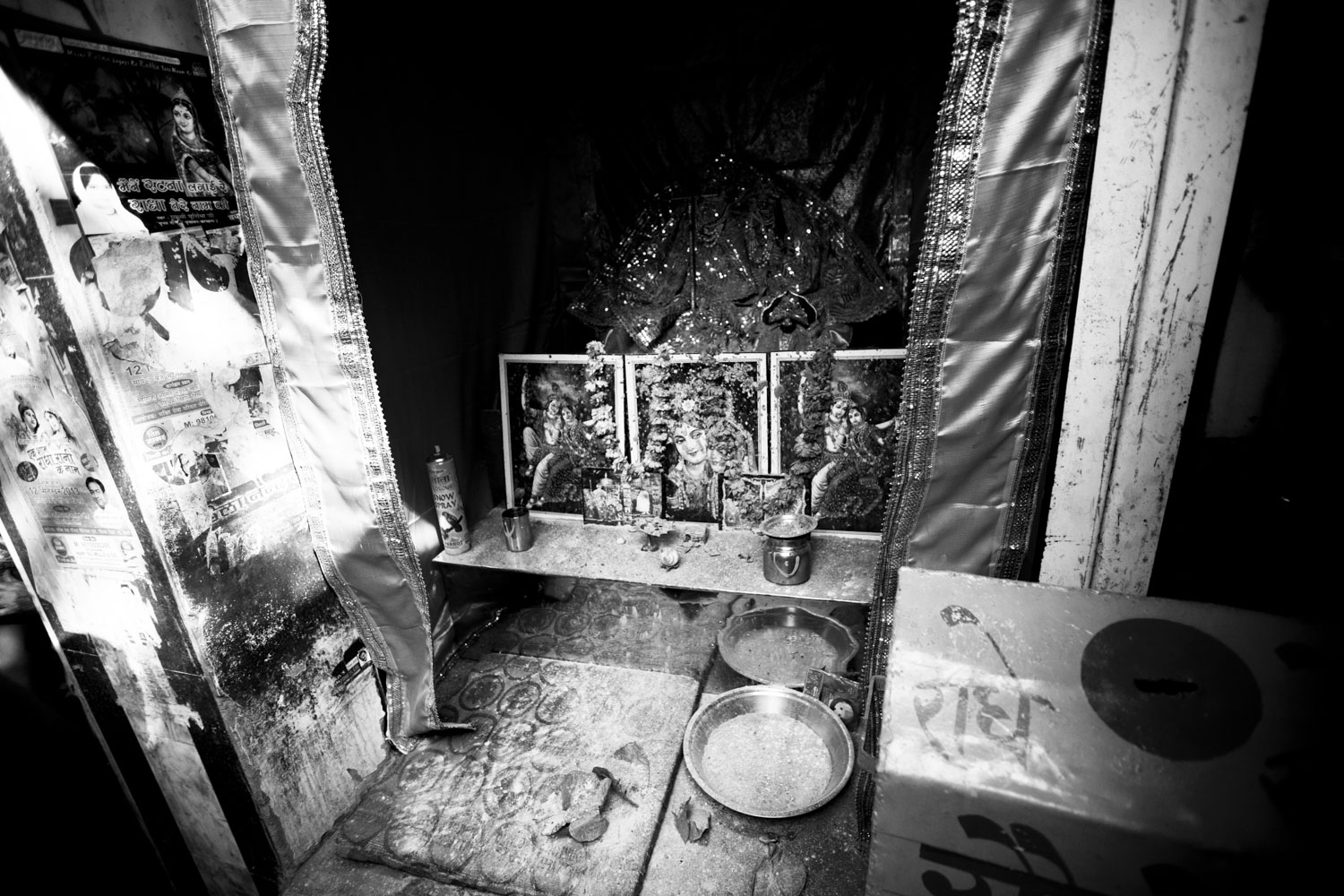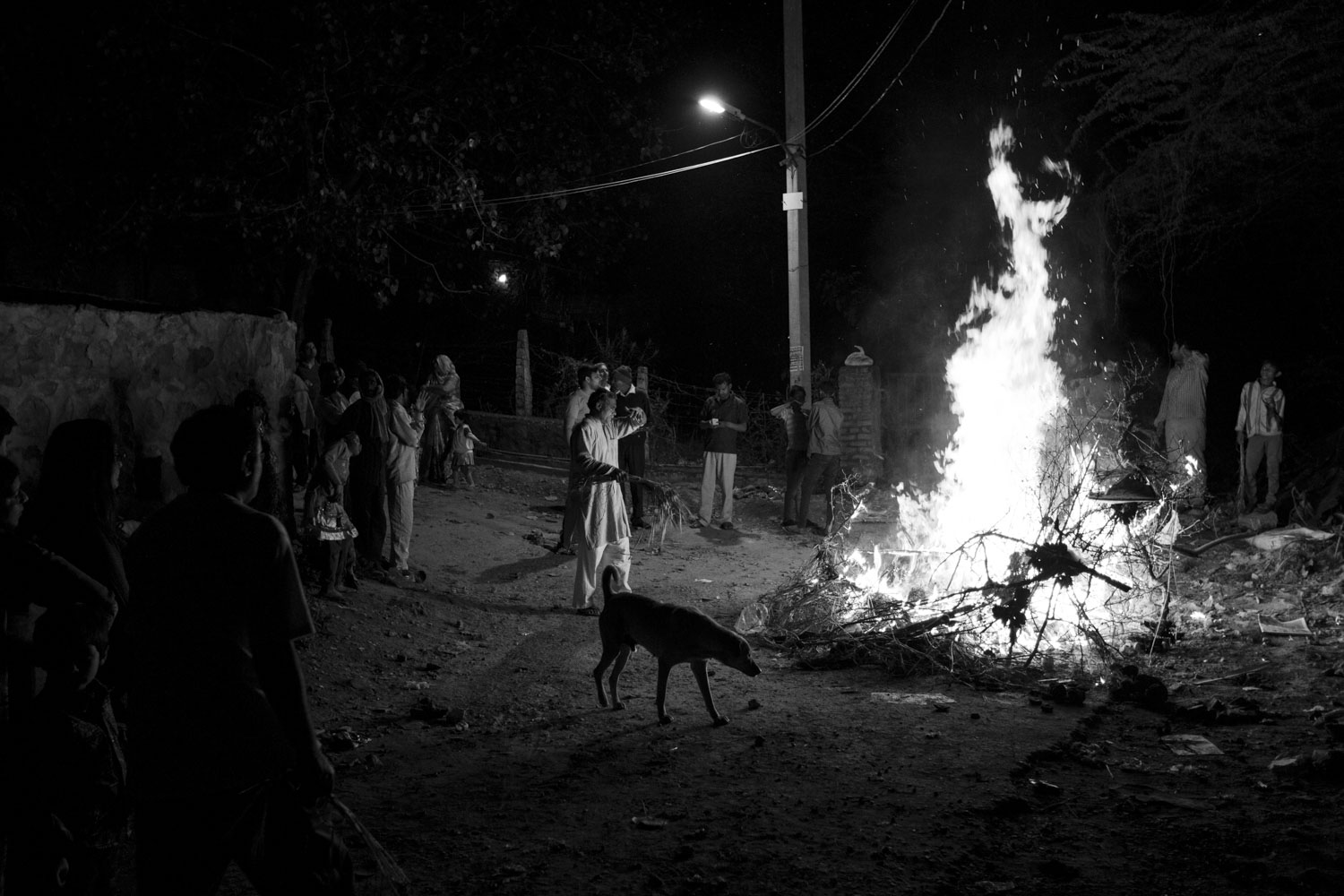BACKGROUND
The Indian festival of Holi is commonly considered the festival of colours and is known worldwide especially for the images of people covered with colourful powders.
“Holi” – literally, fire – is a very important celebration throughout India, Nepal and in Hindu countries. It is held in early March and has very deep meanings: it represents the triumph of spring over winter, but also the victory of good over evil, assuming personal and intimate meanings of liberation from one’s mistakes and wrong paths.
It is a day for forgiveness and change, and a day of joy.
HISTORY
I intended to track back the roots of the religious festival, so in March 2014 I visited Vrindavan, Mathura and Barsana, the villages south of Dehli where Krishna was born and lived, and where this celebration originated. I went to temples and places of worship.
I decided to eliminate the most characterising element, namely the colour, in an attempt to remove the surface layer and understand the ritual more thoroughly. Eliminating the colour allowed me to observe all elements with a new meaning: faces, traditions, folklore, faith, extreme poverty, rituals, contact, steady gazes.
Dark eyes in the dust.
Rice outside the temples.
People pushing, touching their foreheads and throats, the Chakras. The contact is obsessive, constant, while the colour leaves its mark.
The moments of fleeting exchange, a nod, a gesture. Glimpses in the crowd.
In this chaos that is apparently cheerful, in which everyone plays, greets, throws colours and celebrates, you can perceive how difficult it is for a foreigner to enter the intimate meaning of this celebration, to float lightly on the colours and sketches, while, on a level deeper the ancestral struggle between good and evil continues.
- When 2015
- Where Northen India
